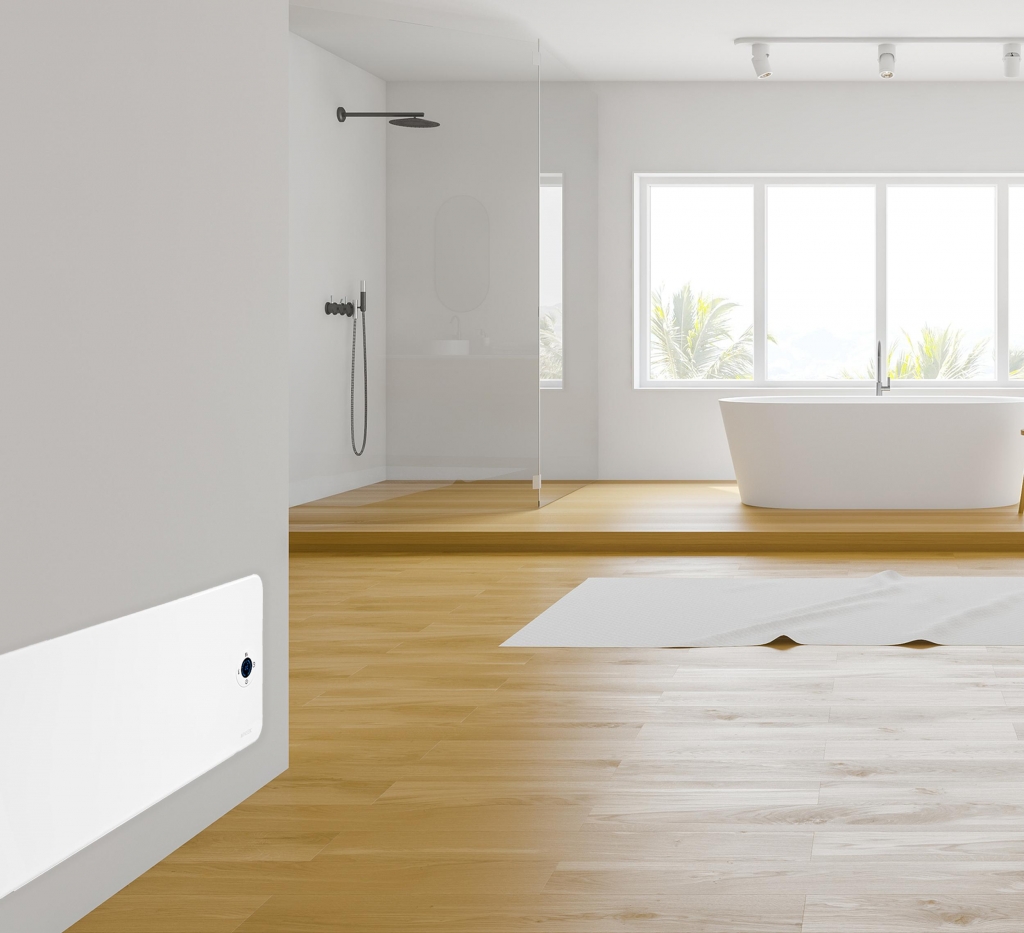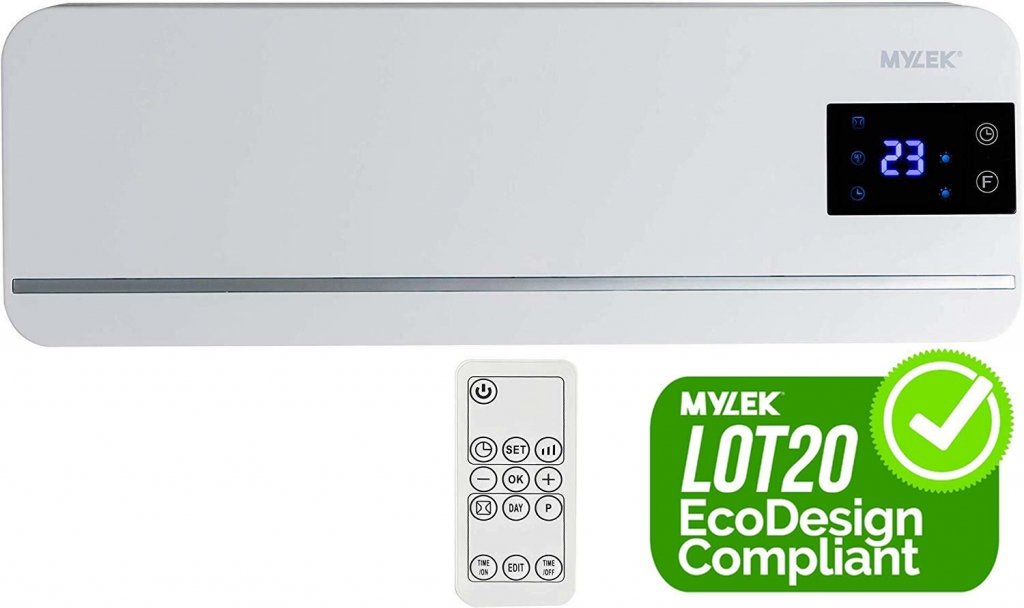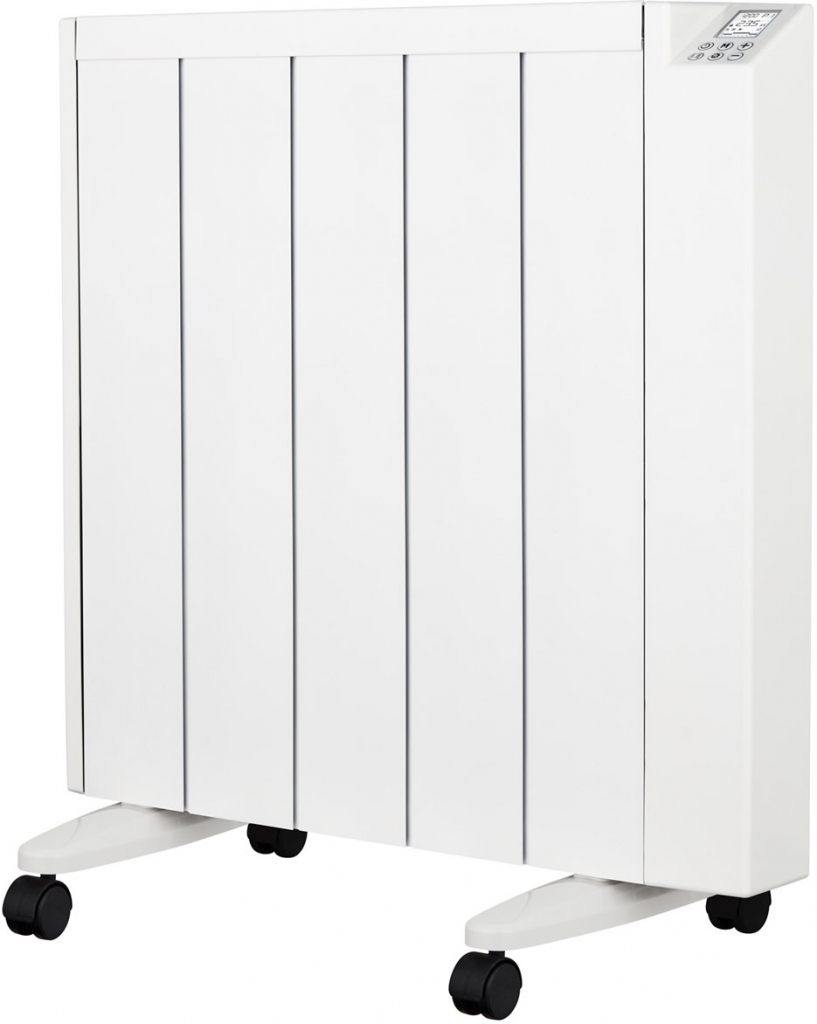
January 24th, 2020 by
EcoDesign Directive
EU legislation that aims to reduce Europe’s energy usage by 20% before the end of 2020. These laws cover every electrical appliance, from heaters to fridges. Despite the uncertainty around Brexit, the UK has already signed up to this change and it’s already in effect.
Lot 20
To make the EcoDesign Directive easier to understand, it’s been divided up into sections known as Lots. Lot 20 is the bit that covers electric heaters, and it’s been in force since 1st January 2018. All heaters manufactured after that date are covered by these laws. Compliance is decided by a simple scoring system - check our detailed guide to Lot 20 to learn more.
EPC
 Energy Performance Certificate. A certificate that gives a property an energy efficiency grade from A-G, A being the highest and G being the lowest. Most UK properties are required to have one.
Energy Performance Certificate. A certificate that gives a property an energy efficiency grade from A-G, A being the highest and G being the lowest. Most UK properties are required to have one.
MEES
Minimum Energy Efficiency Standards. These UK laws govern private rental properties and state that they must have a minimum EPC grade of E. These laws are changing on 1st April 2020.
IP Ratings
Ingress Protection rating. These tell you how well-sealed an electrical appliance is against water and dust. They’re expressed as two numbers, for example, IP24. The first number (in this case 2) tells you how well-protected your heater is against solid objects. Lower numbers might only be protected against tools and fingers, whereas higher numbers are completely dust-proof. The second number (in this case 4) tells you how well-sealed your heater is against moisture. Lower scores are protected against drips, whereas higher numbers might be protected against pressurised water jets from every angle. If one of the numbers is replaced by an X, it means the heater hasn’t been tested in that area.
To install an electric heater in the bathroom, it will need to be at least IPX4 rated.
Panel Heaters
 Electric heaters which work using a solid heating element inside a metal shell. Most also use a fan to distribute warm air around a room.
Electric heaters which work using a solid heating element inside a metal shell. Most also use a fan to distribute warm air around a room.
Oil Filled Radiators
Electric heaters which are made of hollow metal fins filled with a kind of oil. This oil is only used to conduct heat, so it doesn’t need to be changed.
Storage Heaters
A special type of electric heater which stores heat through the night (or whenever energy tariffs are cheapest) and distributes it throughout the day. They are best for people on Economy 7 energy tariffs.
Infrared Heaters
Heaters which use infrared radiation to warm up a room. They’re commonly used as outdoor heaters as they’ll warm up anything touched by the infrared rays and aren’t affected by the wind.
Air Curtains
 Also known as over door heaters, air curtains are special convection heaters that blow warm air down over a doorway. They’re more common in shops and other commercial premises where it’s important to give customers a warm welcome, but some smaller models are suitable for use at home as well.
Also known as over door heaters, air curtains are special convection heaters that blow warm air down over a doorway. They’re more common in shops and other commercial premises where it’s important to give customers a warm welcome, but some smaller models are suitable for use at home as well.
Radiant Heat
Also known as thermal radiation, radiant heat warms objects directly (as opposed to convection heat, which warms the air around you). If you’re in range of the thermal rays, you’ll feel the heat immediately. Radiant heaters are commonly used outside as they don’t rely on an insulated room to work properly.
Convection
A form of heat which warms the air and causes it to circulate around a room (as opposed to radiant heat, which warms your directly). As it relies on this circulation of warm air, heaters that use convection are less effective in draughty rooms, or when doors and windows are left open. Most electric heaters mainly use convection and a small amount of radiant heat.
Ceramic Heaters
 Advanced heaters that use a ceramic heating element. Ceramic both stores and generates heat at the same time, and it heats up very quickly making it the best material for heating elements.
Advanced heaters that use a ceramic heating element. Ceramic both stores and generates heat at the same time, and it heats up very quickly making it the best material for heating elements.
Adaptive Start
A smart learning function that some heaters may be fitted with. It means the heater can program itself according to your schedule. If you turn it on at the same time and temperature every day, it’ll learn to turn itself on at that time and temperature without any input from you.
Countdown Timers
Heaters with a countdown timer allow you to turn the heater off after a certain number of hours.
24/7 Timers
More advanced digital timers which allow you to program your heater to turn on, off, up, or down at specific times. They let you use different settings on different days, so you can program working week and weekend schedules separately.
Thermostat
A part of a heater that measures room temperature. If it reads your room temperature is at your desired level, it will turn the heater off. Once the room temperature drops, it’ll turn back on again, repeating this process as required to keep your room at a consistent temperature while saving energy. All Lot 20 heaters must have a thermostat.
Open Window Detection
An energy-saving feature that senses when a window has been left open and shuts the heater off. If you leave a window open, most of the heat will escape the room, meaning your thermostat will never be able to reach its target temperature. An open window detection feature averts this problem. Once the window is closed, it’ll start the heater automatically.
Comments
Leave a reply
Your e-mail address will not be published. All fields are required


